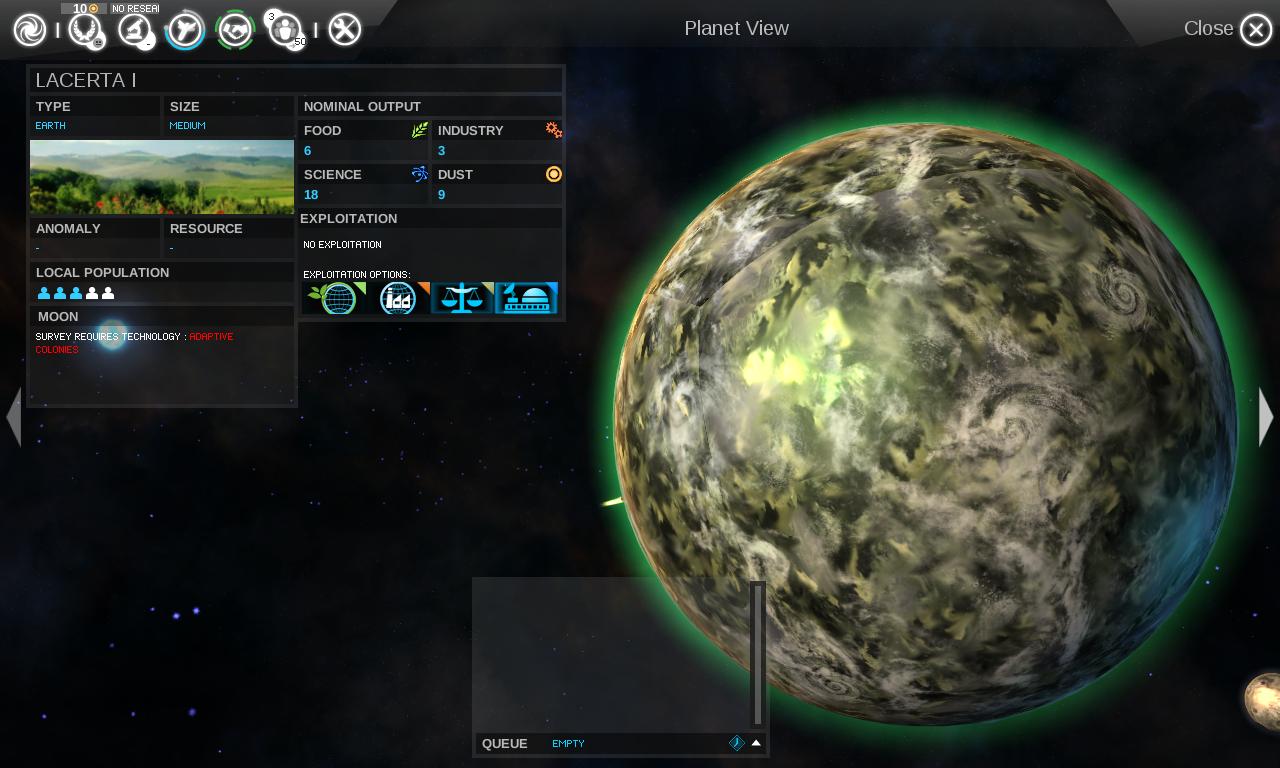

In facilitating quantum information processing and quantum networks, generations of light-light, atom-atom and atom-light multipartite entanglements play essential roles in the implementations of quantum information protocols 1, 2, 3. As is well known, light is the best long-distance quantum information carrier and the atomic ensembles can provide the promising tools for quantum information manipulation and storage. Quantum state exchange between light and matter is a basic component for quantum interface in quantum information processing. This scheme holds great promise for applications in scalable quantum communication and quantum networks. With such an entangler, any desired number of nondegenerate narrow-band continuous-variable entangled fields, in principle, can be generated through stimulated Raman scattering processes. The atomic spin wave, produced through EIT in the Λ-type atomic system, can be described by a Bose operator and can act as an entangler.

Here, we present a proof-of-principle demonstration of an efficient and convenient way to entangle multiple light fields via electromagnetically induced transparency (EIT) in an atomic ensemble. However, nonclassical input light fields are required and the generated entangled fields are always degenerate in such case. One of the commonly-used methods to generate multiple entangled fields is to employ polarizing beam splitters. Quantum entanglement plays an essential role in quantum information processing and quantum networks.


 0 kommentar(er)
0 kommentar(er)
